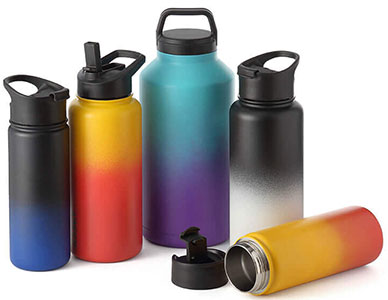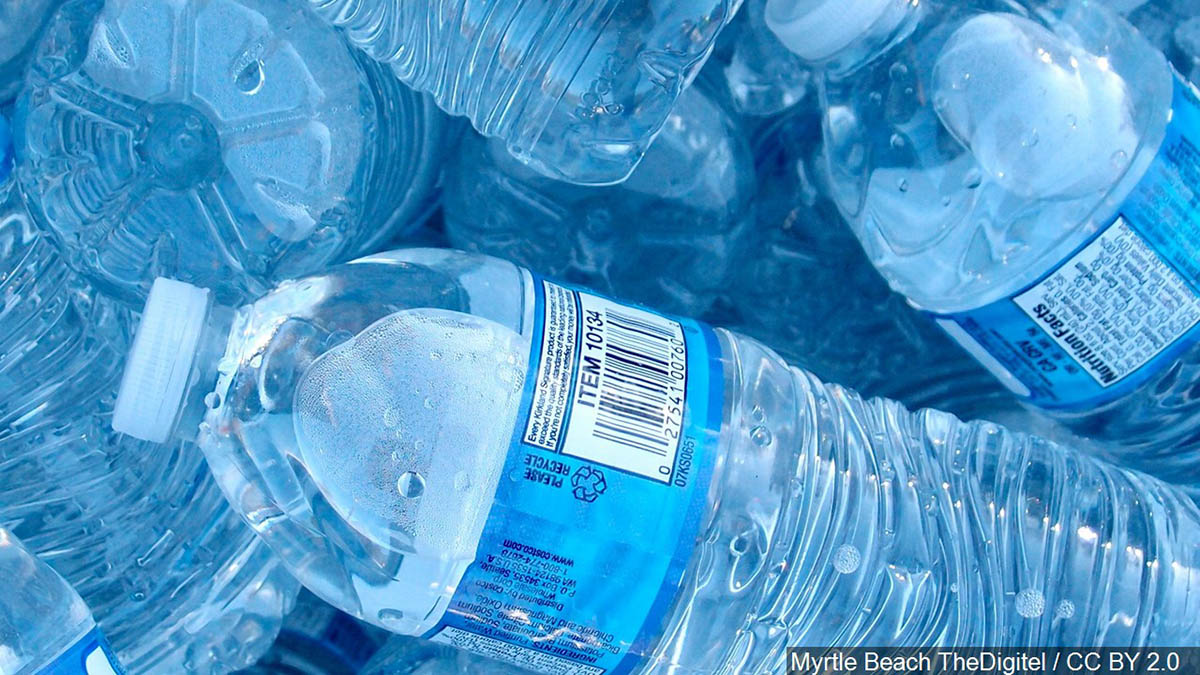Plastic water bottles have become a ubiquitous and convenient way to stay hydrated on-the-go. However, concerns about the potential health risks associated with plastic bottles have led to many questions about their safety. One of the most common questions is whether it is safe to put hot water in plastic water bottles. While it may seem like a quick and easy way to make a cup of tea or coffee, there are some important considerations to keep in mind before using plastic bottles with hot liquids. Experts also say that the combination of hot water and plastic will be the killer to our health. Why do they say so? Let’s find out by answering several questions in this article.
It depends on the temperature of the water and the type of plastic as well as the duration of exposure.
Some plastics, such as polyethylene terephthalate (PET) and high-density polyethylene (HDPE), are generally considered safe for use with hot water. They are often used in water bottles and other containers designed for hot liquids.
However, other types of plastics, such as polyethylene terephthalate (PET) used for disposable water bottles can only withstand temperatures up to 70°C (158°F). When exposed to boiling water, PET plastic can deform, warp, or even break, losing its shape and integrity. Similarly, some plastics, such as low-density polyethylene (LDPE), can melt when exposed to high temperatures, potentially releasing harmful chemicals into the water.
2. What happens if you put boiling water in a plastic bottle?
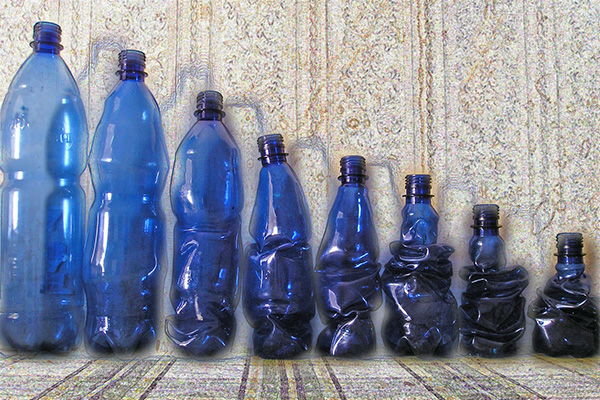
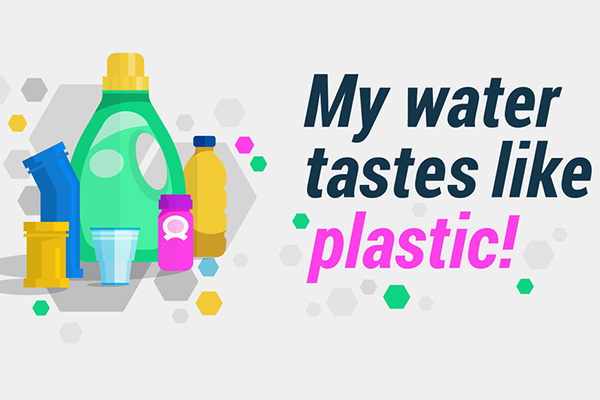
We have mentioned that hot water and plastic has a complex relationship depending on various factors such as the type of plastic, the temperature of the water, and the duration of exposure. And the consequences of boiling water and plastic bottle also vary from plastic types. We will show you some results as follows.
Deformation and warping: We have talked that polyethylene terephthalate (PET), which can only withstand temperatures up to 70°C (158°F). And they are used to produce sing-use water bottles. When exposed to boiling water, these disposable plastic water bottles can deform or warp, losing its shape and integrity. This can result in leakage, cracks, or even bursting of the bottle.
Release of toxic chemicals: Some plastics contain harmful chemicals that can leach into the hot water when exposed to high temperatures. For instance, bisphenol-A (BPA) is a chemical used in some plastic bottles and can potentially be released when exposed to hot water. BPA has been linked to various health problems, including cancer, obesity, and hormonal imbalances.
Melting: Some plastics, such as low-density polyethylene (LDPE), can melt when exposed to high temperatures. This can result in the bottle deforming or losing its shape, and potentially releasing harmful chemicals into the water.
Chemical reaction: Boiling water can cause a chemical reaction when it comes into contact with certain plastics. For example, polycarbonate plastics can release a harmful chemical called bisphenol-S (BPS) when exposed to high temperatures, which can lead to health problems.
Plastic taste and odor: Boiling water can cause plastic bottles to release a taste and odor that can affect the quality and safety of the water. This is because plastic bottles are not designed for high-temperature use and may break down when exposed to boiling water, leading to the release of compounds that affect taste and odor.
3. Which plastic is safe for hot water?
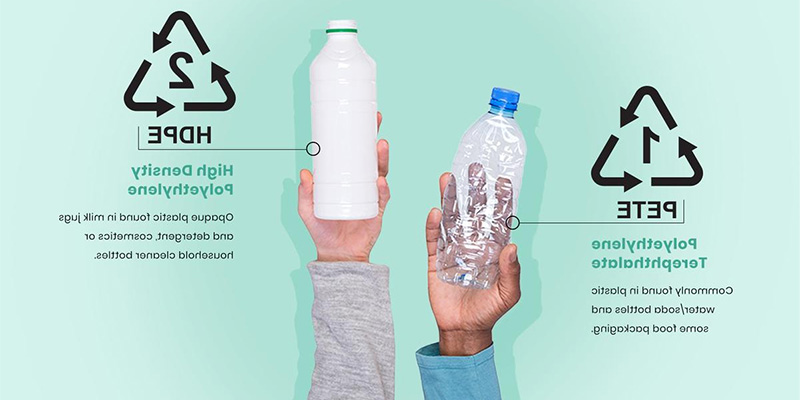
Reading here you may wonder why some food containers on the market claim that they are safe while you put hot water. Are they making false promotions? The answer is “ NO” cause some plastic types are safe for hot water. So you must make sure before using a plastic bottle as a container for hot water.
Polypropylene (PP): This plastic is often used in food containers, baby bottles, and reusable water bottles. It can withstand temperatures up to 100°C (212°F) without deforming or releasing harmful chemicals.
High-density polyethylene (HDPE): This plastic is commonly used in milk jugs, detergent bottles, and some plastic bags. It can withstand temperatures up to 110°C (230°F) without deforming or releasing harmful chemicals.
Polycarbonate (PC): This plastic is used in products such as water bottles and food storage containers. It can withstand temperatures up to 135°C (275°F) without deforming or releasing harmful chemicals. However, it is important to note that some studies have suggested that polycarbonate can release bisphenol A (BPA), a chemical that can mimic the effects of estrogen in the body, when exposed to high temperatures.
Tritan: This plastic is a newer, BPA-free alternative to polycarbonate. It is often used in water bottles and food storage containers and can withstand temperatures up to 100°C (212°F) without deforming or releasing harmful chemicals.
4. What is the best material for a hot water bottle?
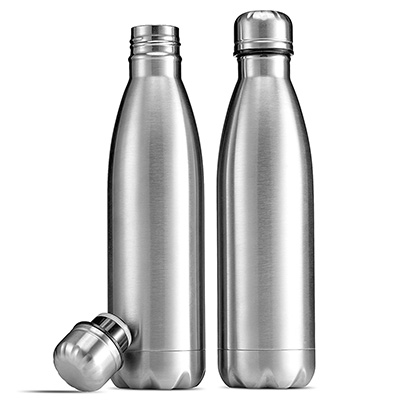
But the wisest behavior should be finding a replacement to hold hot water. And here we all think that stainless steel could be the best choice. It has following benefits:
Durability: Stainless steel is a strong and durable material that can withstand high temperatures without deforming or breaking. It is also resistant to corrosion and rust, making it a reliable choice for a hot water bottle that can last for many years.
Retains heat: Stainless steel is an excellent conductor of heat, which means that it can efficiently transfer heat from the hot water to the bottle’s exterior. This results in a hot water bottle that can retain its heat for longer periods, providing warmth and comfort for extended periods.
Safe and hygienic: Unlike other materials such as plastic, stainless steel does not contain any harmful chemicals that can leach into the hot water. Additionally, it is easy to clean and maintain, making it a hygienic option for a hot water bottle.
Environmentally friendly: Stainless steel is a recyclable material, which means that it can be reused and repurposed after its lifespan as a hot water bottle has ended. This makes it an eco-friendly option that helps reduce waste and minimize environmental impact.
Conclusion
It is not recommended to put hot water in plastic water bottles. This is because plastic bottles are not designed to withstand high temperatures and can leach harmful chemicals such as BPA and phthalates into the water when exposed to hot liquids. Instead, it is better to use materials such as stainless steel or glass that are safe for hot liquids and can provide reliable insulation to keep the water hot for longer periods. By being mindful of the materials we use for our water bottles, we can ensure that we are drinking safe and healthy water while minimizing our environmental impact.
